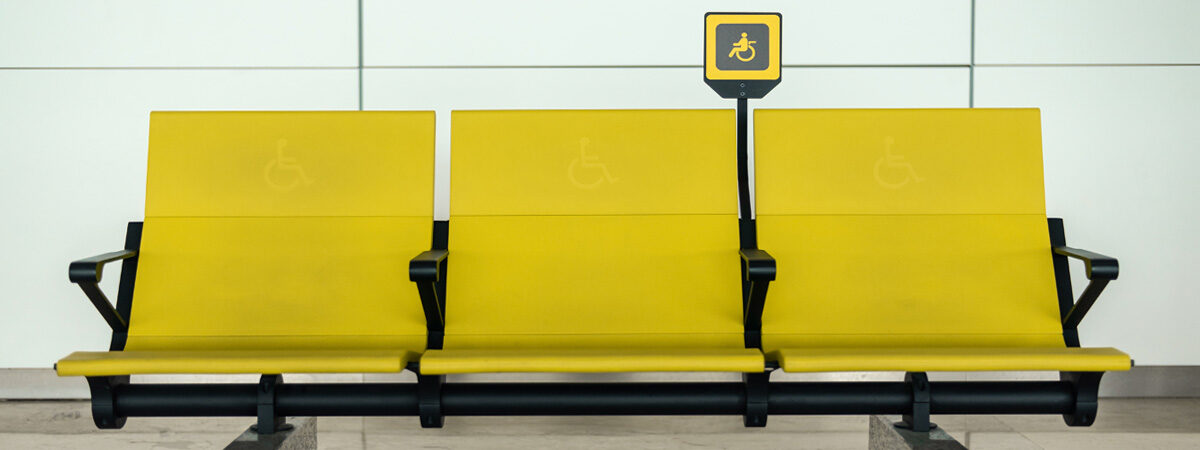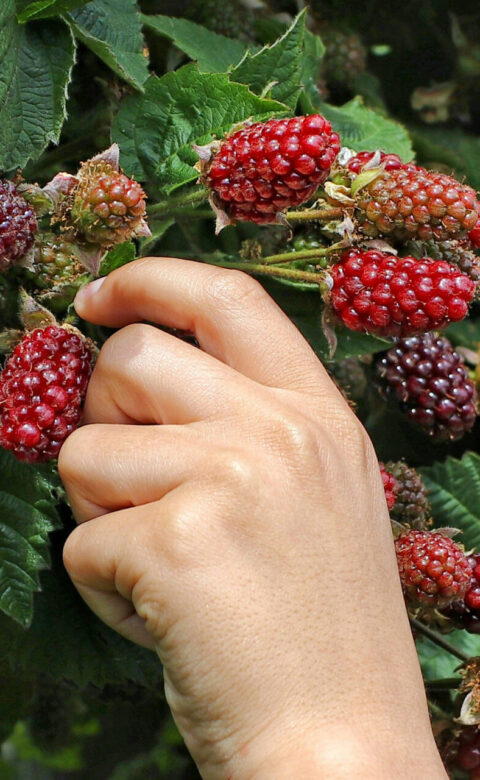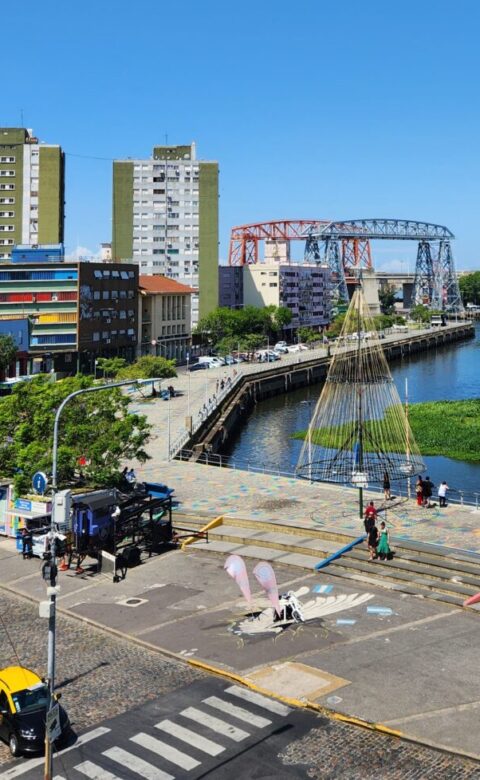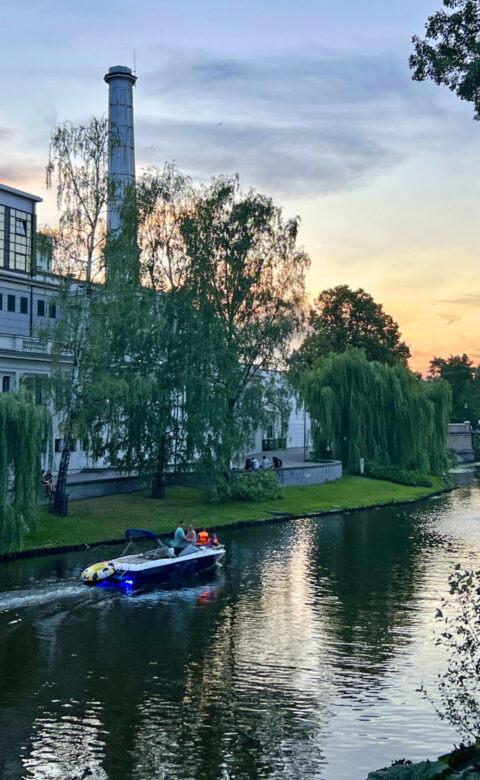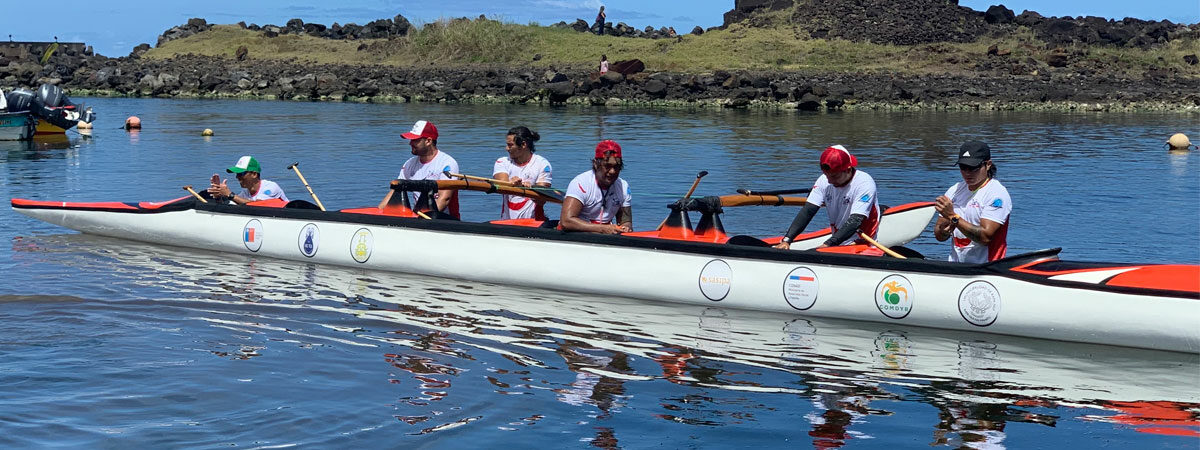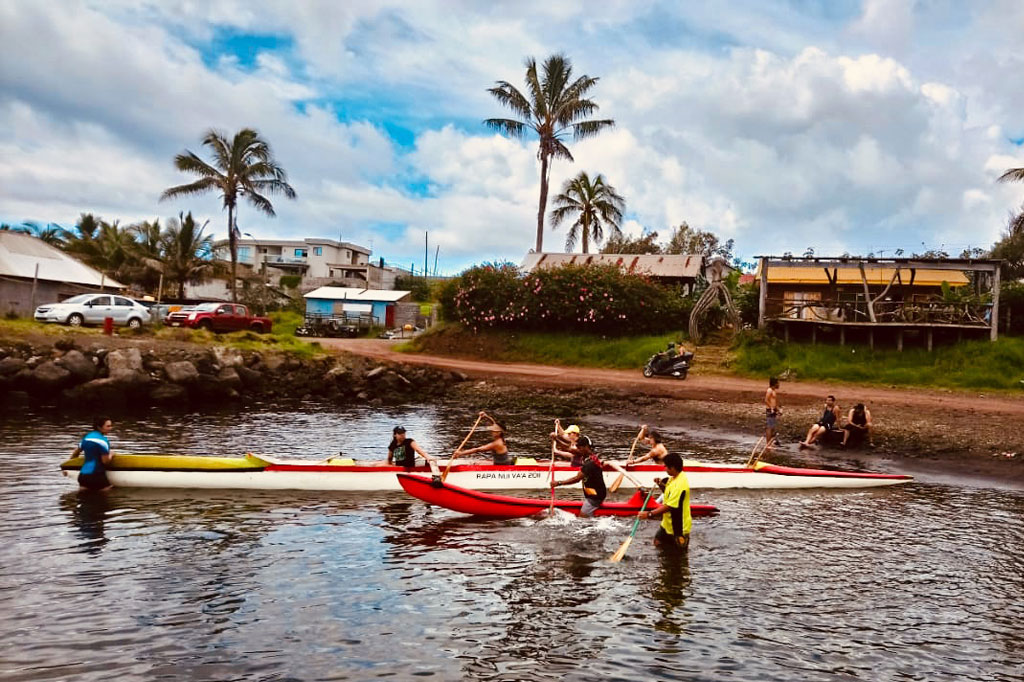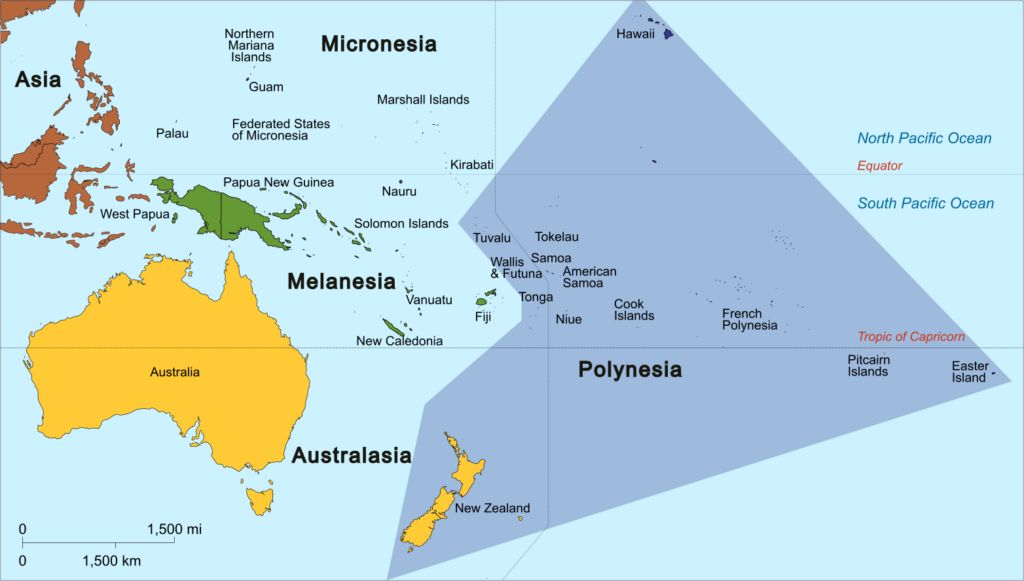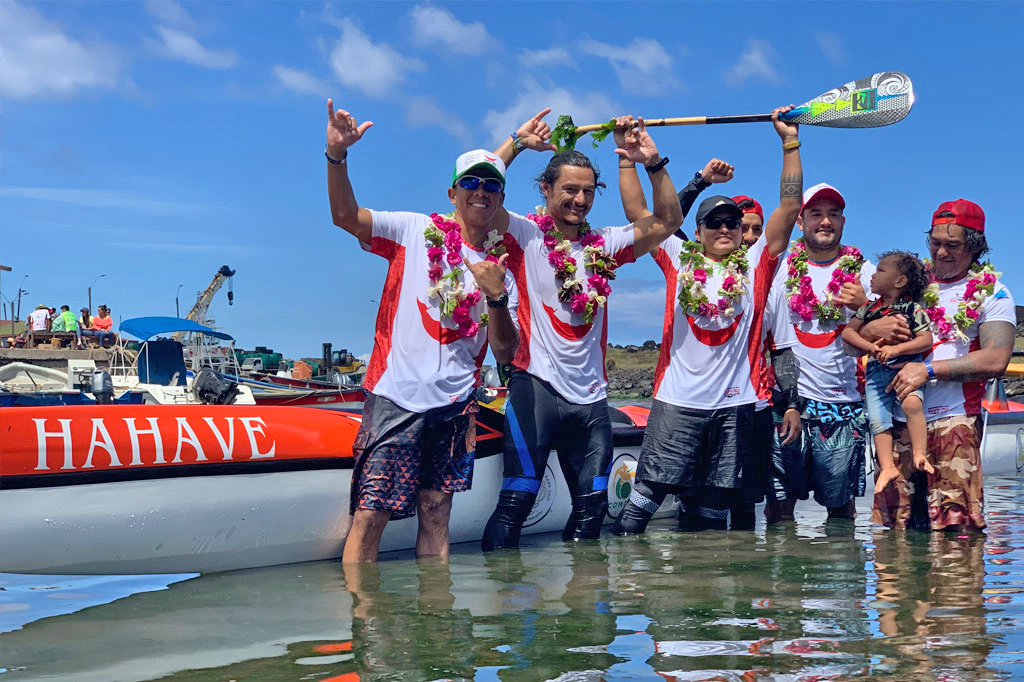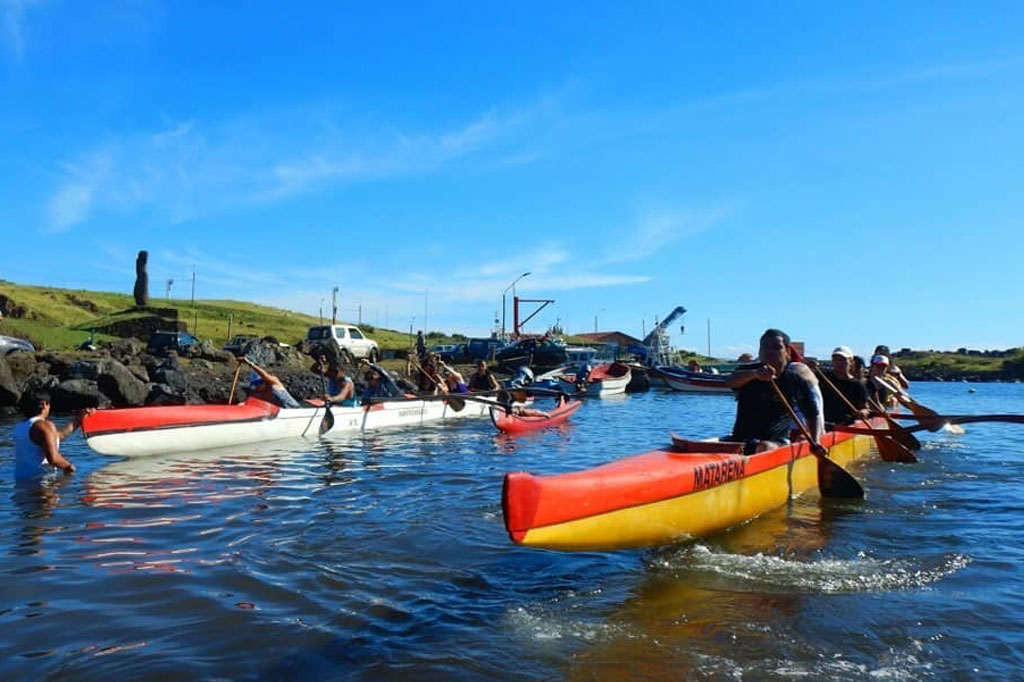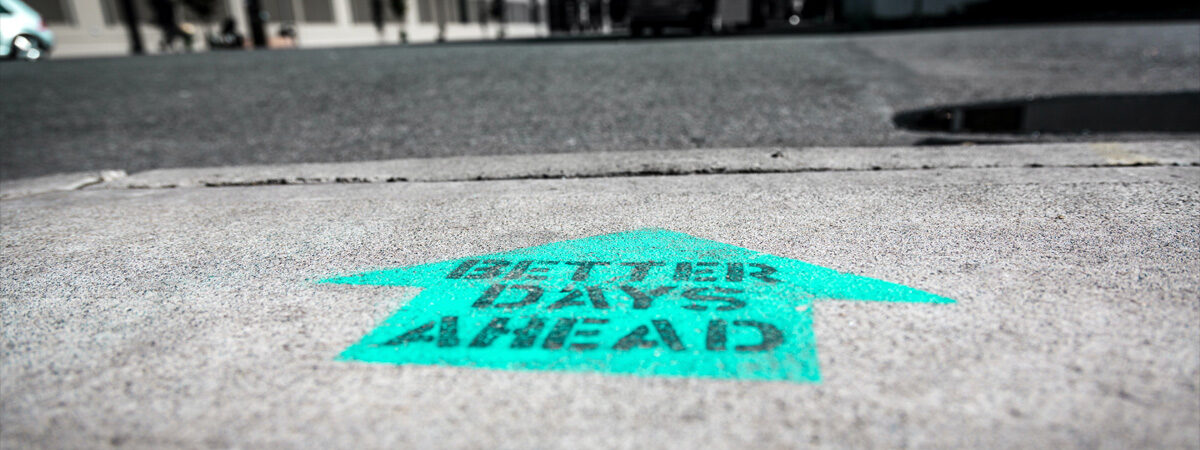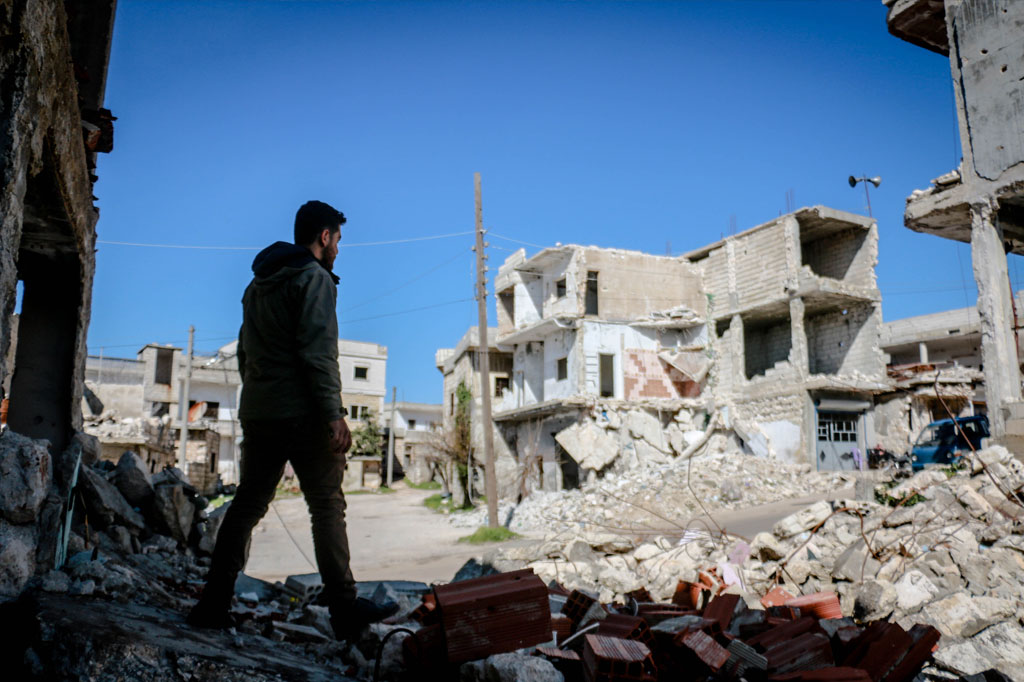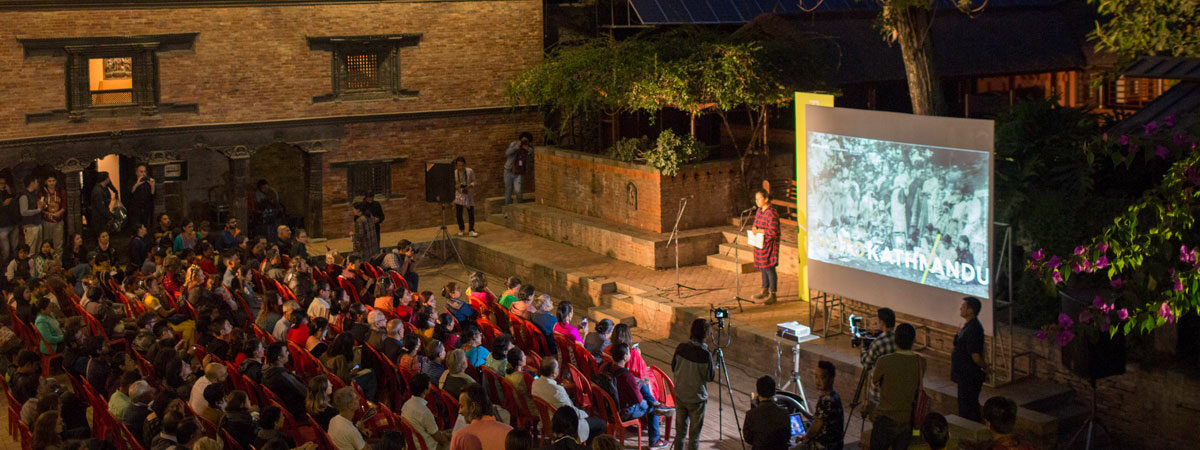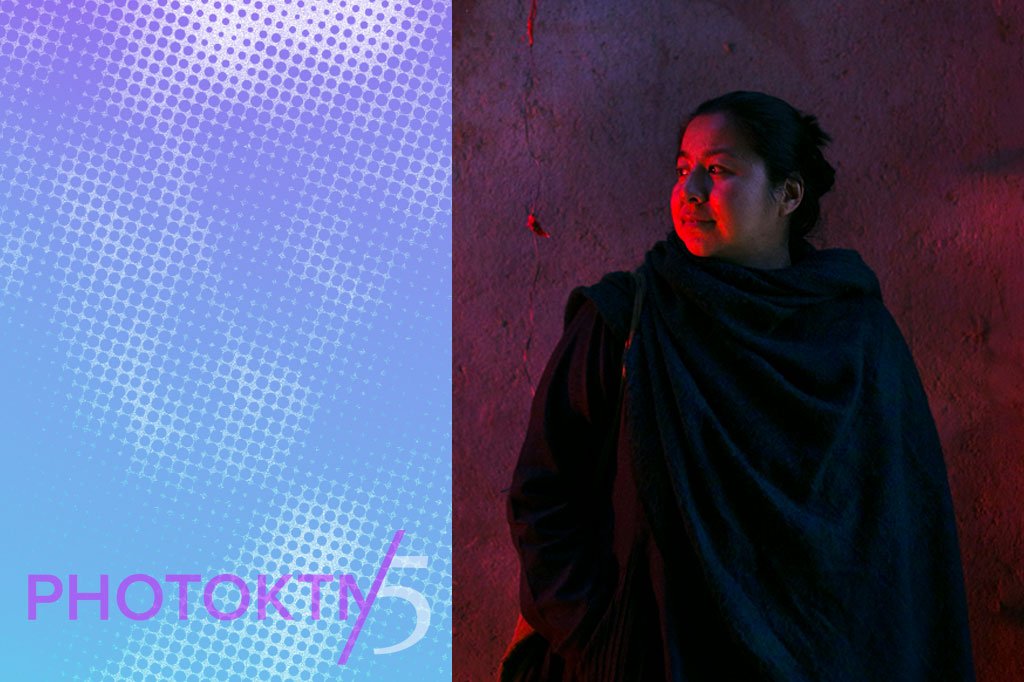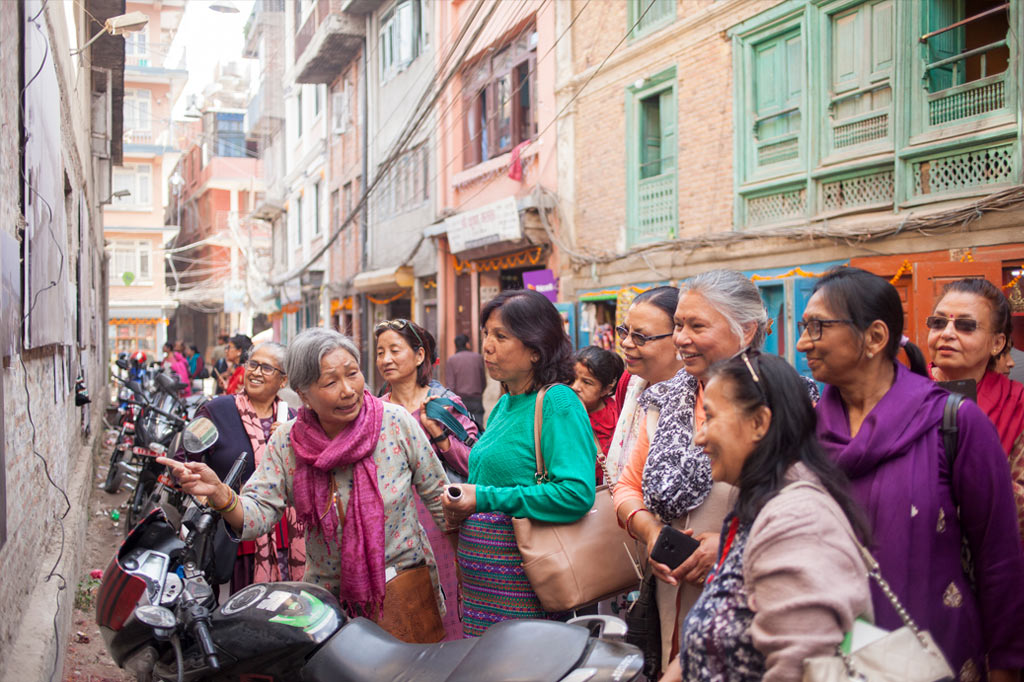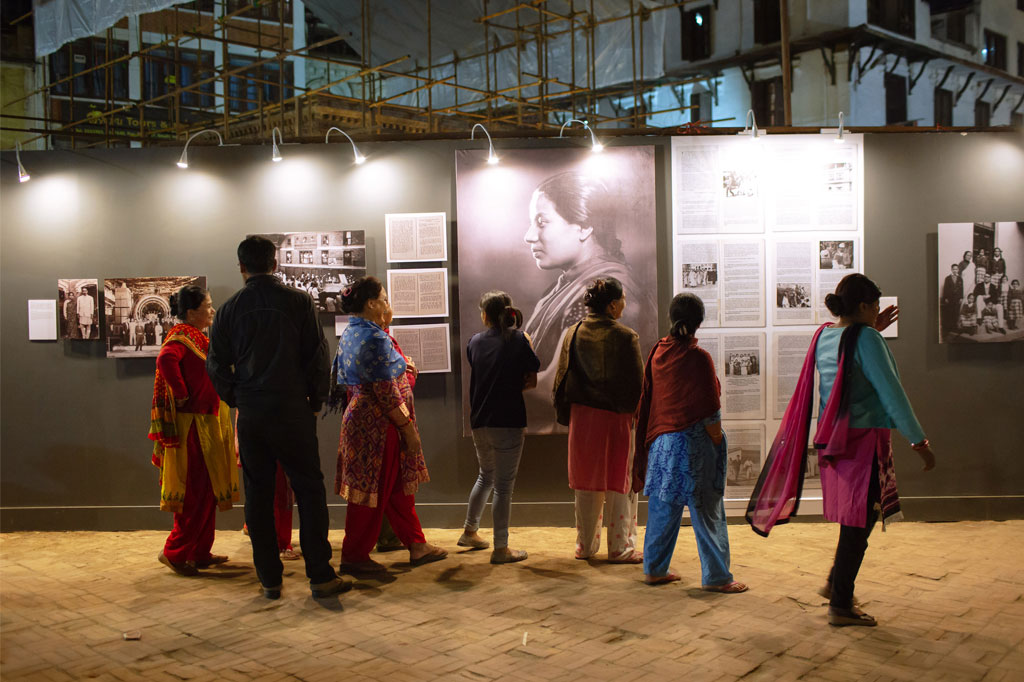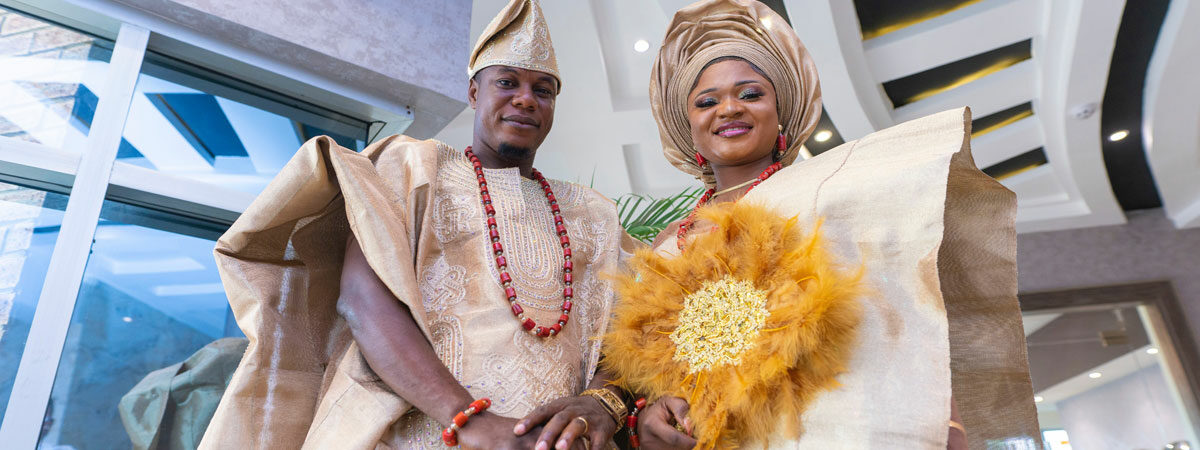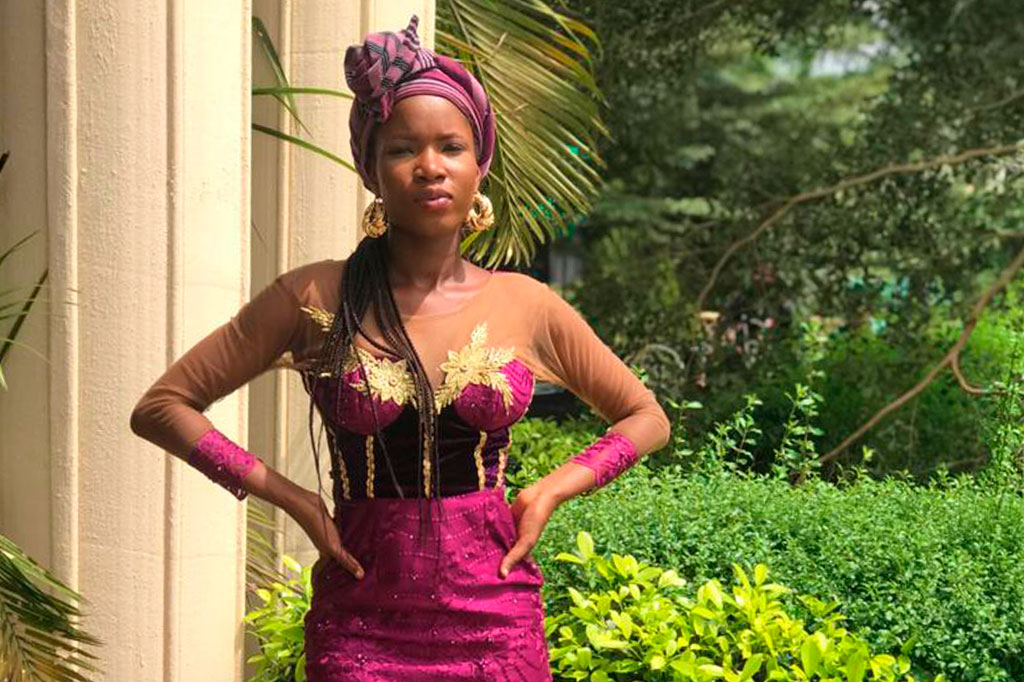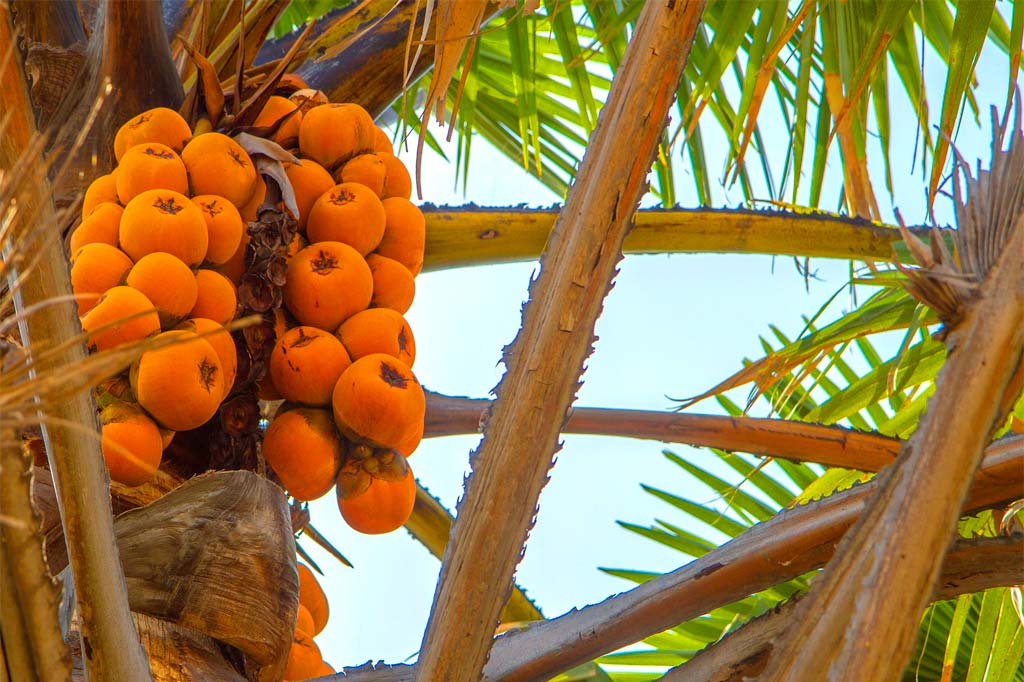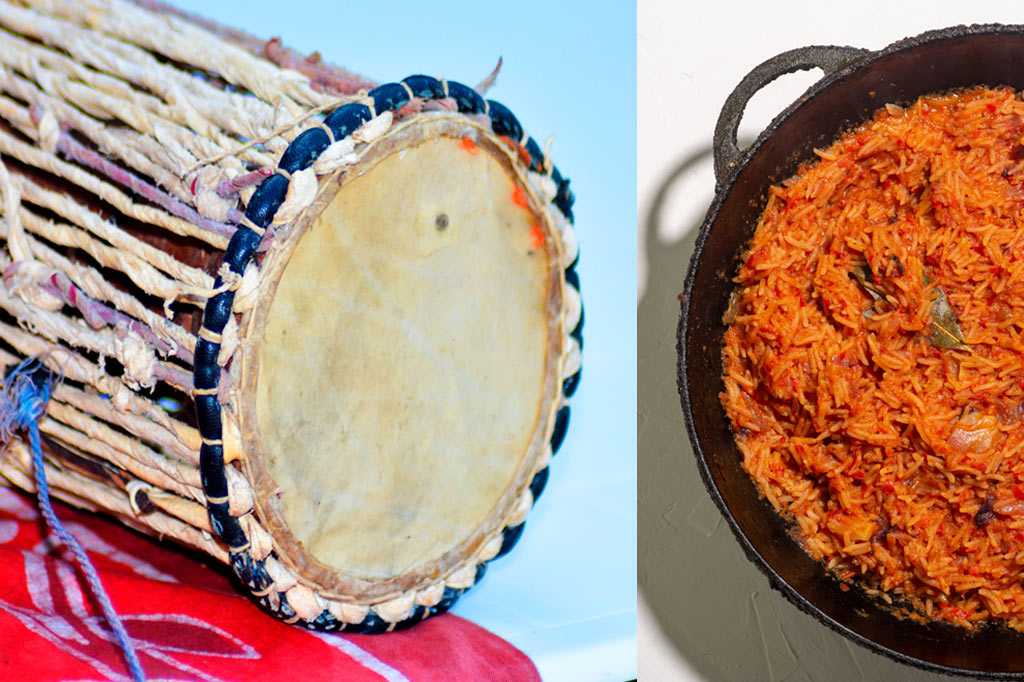I’ve never experienced a flight during which I worried the whole time if, upon the plane’s landing, my legs would be broken. Or my arm. I pretty much expect to get out of there in one piece except for the extreme unlikelihood of a serious crash. But for people who use wheelchairs, their chairs are parts of their bodies. Separating from a wheelchair while flying can cause anxiety because the reality is, airlines break thousands of wheelchairs per year; while in tourism in general, accessibility is often an afterthought at best.
And like much of the world, aeroplanes aren’t spaces designed for people who use wheelchairs.
Narrow aisles, only one accessible space per flight, teeny-tiny bathrooms, and seats only remotely comfortable when sitting up straight; the lack of accessibility in tourism — specifically on flights — doesn’t just begin and end with the breaking of wheelchairs.
But the breaking of wheelchairs is significant, problematic, and the symptom of a larger issue in travel. If a wheelchair is an extension of your body, if it’s the thing that helps you move, then a broken wheelchair at the end of a flight is nothing short of a devastation.
Where do you go from there? What do you do?
“Unless you have a very compact chair that can fold and fit in the one very small on-board closet, your chair goes under the plane with the rest of the luggage,” Alivia Holmes explains. Holmes has used a wheelchair since her teens.
It’s an issue most able-bodied people don’t think twice about because they don’t have to. The world is designed for them because it’s often designed by them. But the consequential breaking of wheelchairs isn’t one person’s issue: it’s everyone’s.
It’s also the airline’s responsibility. Wheelchairs are broken — an average of 28 per day in July 2021 alone — when they’re not handled correctly. Since there is very little training dedicated to teaching airline officials how to properly care for a wheelchair (sometimes none), chairs are often thrown. In a plane’s undercarriage, there is no designated space for valuables or breakables and a wheelchair is both. They’re often chucked in with the rest of the luggage and their users have to pray that it doesn’t break.
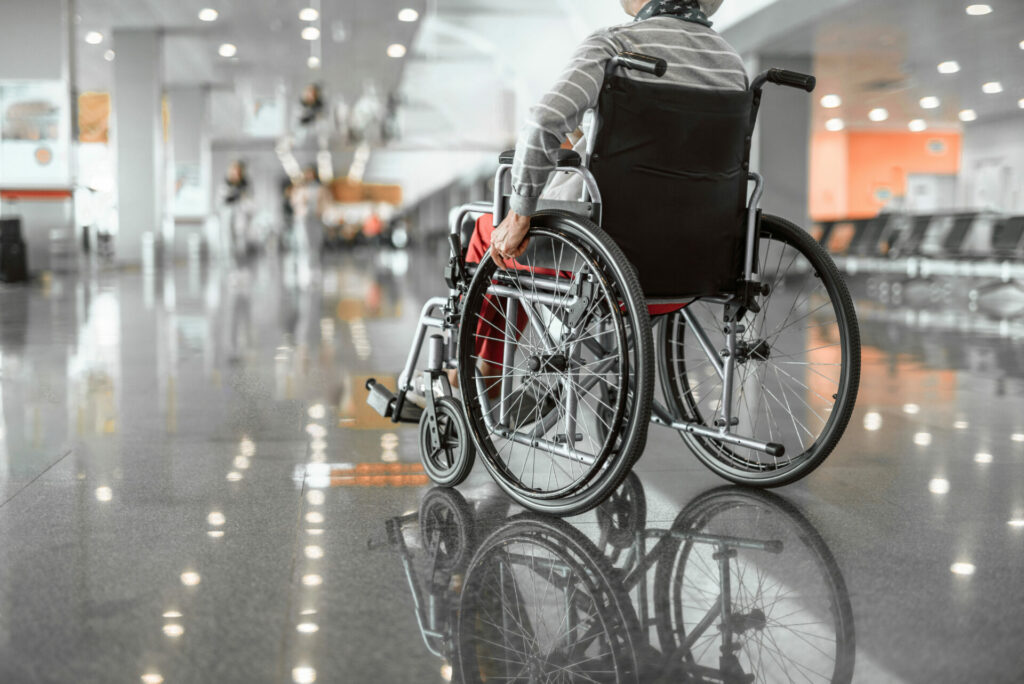
“I’ve watched, from the plane window, crew members literally throw my chair onto the luggage belt,” Holmes says. “I’ve seen videos of my friends’ chairs being treated similarly. I personally think everyone’s belongings, including luggage, should be treated with care, but especially peoples’ mobility devices.”
Holmes adds, “Mobility devices are not luggage. They’re extensions of our bodies. They are the tools we require for any sort of independence or life.”
Airlines are supposed to be held liable if responsible for breaking a chair. The Airline Passengers with Disabilities Bill of Rights states, “Airlines must also provide for the checking and timely return of assistive devices at the gate for use in the terminal. Should an airline lose, damage, or destroy the wheelchair or other assistive device, the airline must provide compensation in an amount up to the original purchase price of the wheelchair or device.”
But according to many anecdotal accounts in various forums and in other reporting, this doesn’t always happen. Often, the airline will “pay” for broken wheelchairs by offering credits but the amounts can be as small as a couple hundred bucks. By comparison, some motorised wheelchairs can cost thousands.
“Arriving at my location without my chair being usable would mean using a transport wheelchair (which is both incredibly uncomfortable and unsafe for me to use) to get to wherever I’m staying, and then sitting in a bed or a couch, stationary, stuck,” Holmes says. “Until I can return back home. Then going through the process of getting a new chair, which would take months. Even a simple manual chair costs thousands of dollars. If someone uses a power chair it could cost close to $20k. They are custom made and the process of getting a new one is long and rigorous.”
Holmes adds, “That’s on top of not having your ‘legs’ for months, completely altering your life, independence, and freedom.”
Plus, money hardly replaces the time and effort it takes to have a wheelchair fixed, repaired, or replaced. It doesn’t replace the after-effects of such a trauma either. Because it’s not just an “inconvenience.” It quite literally is a trauma.
Despite certain laws and steps taken to ensure people with disabilities are protected in the air (and at the airport), it’s not always enacted on-site. Sometimes, flight attendants, TSA agents, or airline employees don’t even know what rights a person with disabilities even has. And so they’re ignored.
Emily Levy is the founder of Mighty Well and a Cartier Award recipient for her work as a social impact entrepreneur and accessibility advocate. Levy has been living with vascular access devices since becoming disabled at the age of 19.
“Flying is stressful for the average person, so imagine also having to navigate travelling with physical medical devices, medication, and medical supplies,” Levy says. “This is an organisational challenge, and it often requires additional luggage, the ability to advocate for yourself or travelling with someone who can help support you.”
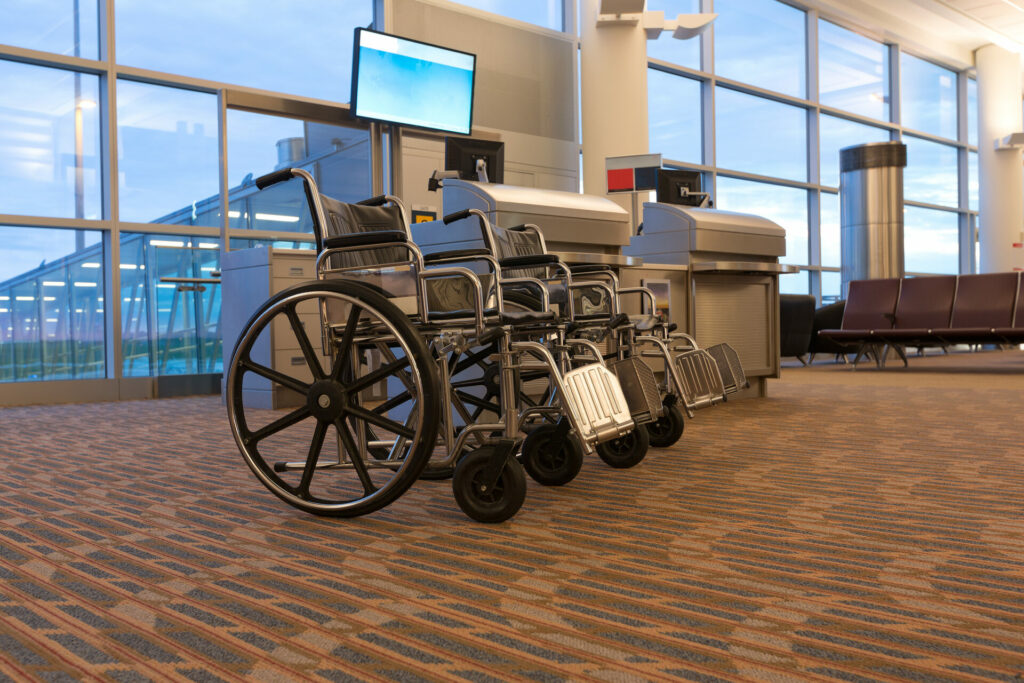
Not to mention additional invasive procedures, like increased TSA inspection.
Levy is not the owner of her own wheelchair, but has often flown while needing wheelchair assistance. Each time, she has used an airport-provided wheelchair but every time, Levy has experienced some sort of obstacle due to her chronic illness that requires vascular access devices and medical equipment.
“[With] medical devices and liquid medications, such as IV bags, it can be challenging to get through TSA — even with Pre-Check,” Levy says.
Anyone who’s used an airline-provided wheelchair will tell you: They’re not comfortable. In fact, comfort isn’t even half of it; they’re not always even safe.
“Most wheelchairs do not fit in the plane aisle. That means I have to transfer to an ‘aisle wheelchair’ provided by the airline,” Holmes explains. “It is probably half the width of my chair. I’m a very small person and I barely fit in it. The back is at a 90-degree angle so anyone with limited upper body strength, including myself, could easily fall forward or to the side. The footrest is also poorly designed and my feet constantly fall off it so most of the time someone has to literally just hold my legs up as we’re rolling to my seat.”
Holmes continues, “They strap you in but it still never feels secure or safe and they make you cross your arms or keep your hands on your lap so you can’t even hold onto anything. They usually send one or two people to help with this but if I’m with my boyfriend I just have him carry me to my seat because it’s so much faster, easier, safer, and a whole lot less stressful.”
How people in wheelchairs are treated in the air is a crucial human rights issue that needs — and deserves — to be addressed as soon as possible. But Levy, who is not a full-time wheelchair user, is proof that the problem of accessibility in tourism is of much greater scope.
“I know many [members of the Facebook group] Friends in the Fight with disabilities who choose to drive everywhere they need to travel because of their fear, anxiety, and the cost of mass travel — planes, trains, and cruises,” Levy explains. “Unfortunately, these factors limit the places they can travel to, and there can often be a sense of missing out or needing additional time to get to the end destination.”
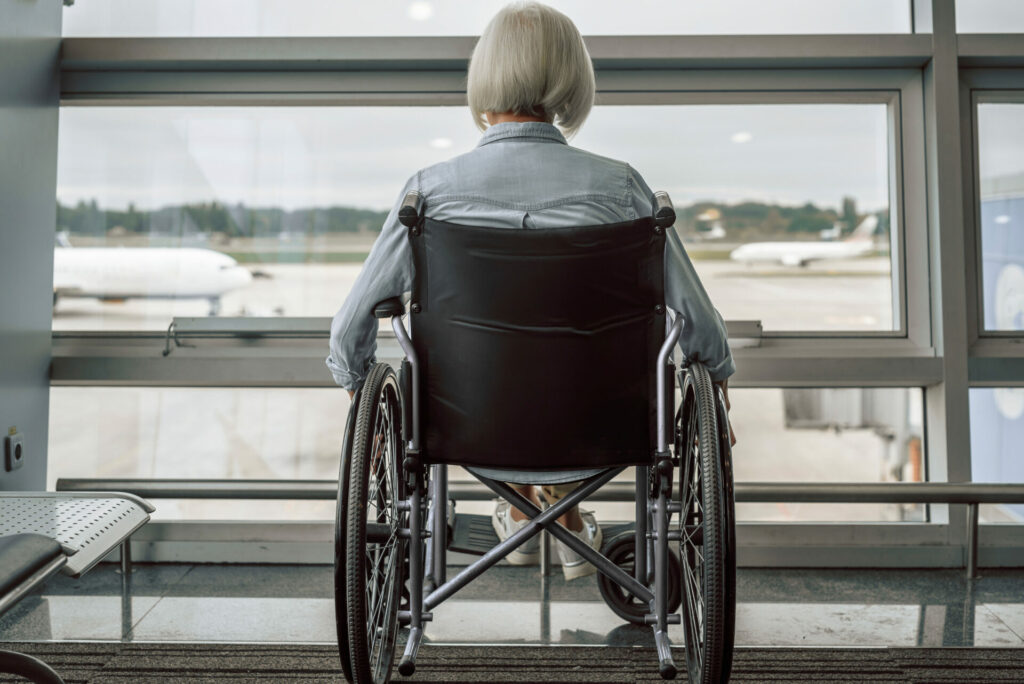
At the end of the day, inclusivity is key. Otherwise, travel remains elitist — a privilege for the able-bodied only.
“It boils down to insufficient time or special care given to the boarding and onboarding process for folks with disabilities. When there are time constraints on the team member whose job is to load and unload the equipment, that is when steps are going to be missed,” Levy explains.
In terms of what can be done, training isn’t the only step but it’s one that would pave the way for a more inclusive, accessible experience for all. With adequate training, the number of wheelchairs broken would decrease. The rest, disability advocates hope, would likely be part of a domino effect.
“[We need] increased training for all employees to know how to interact with travellers who have medical devices, disabilities, and [those who must] travel with medication,” Levy says. “TSA Cares [a helpline that provides travellers with disabilities and medical conditions with additional assistance during security screenings] is a good start, but rarely have I seen this mirrored by airline employees across the board.”
Another key part in moving the needle is the plane’s design — making it more adaptive and overall accessible.
“People should not have to check their adaptive equipment below the plane where there is the risk of breakage,” Levy says. “My dream would be that aeroplanes allow people to have a secure place for their wheelchair to be their designated seat on a plane and that bathrooms on flights could better accommodate medical devices such as wheelchairs, canes, and other mobility devices — similar to how many flights now accommodate baby changing stations.”
A more inclusive experience in the airport and on a plane would contribute to less flying anxiety all around.
“The one anxiety I’m sure we all have in common is not knowing if our mobility devices will be intact when we get to our destination,” Holmes explains. “So much of what causes these anxieties can be fixed. The disability community has been making it clear that we want and need changes. I don’t know how much the airlines and airports are hearing us.”
For now, Levy wants readers with disabilities to be aware of their rights: You are entitled to board early, entitled to a free medical carry-on in addition to regular carry-ons; the flight has to carry free snacks and drinks for diabetic patients; the airline also legally has to remove an able-bodied passenger to accommodate a passenger with a wheelchair; and airlines cannot limit how many disabled passengers board one flight as per the Code of Federal Regulations.

